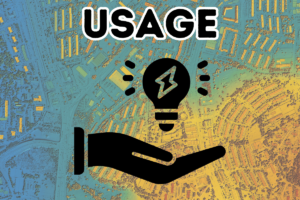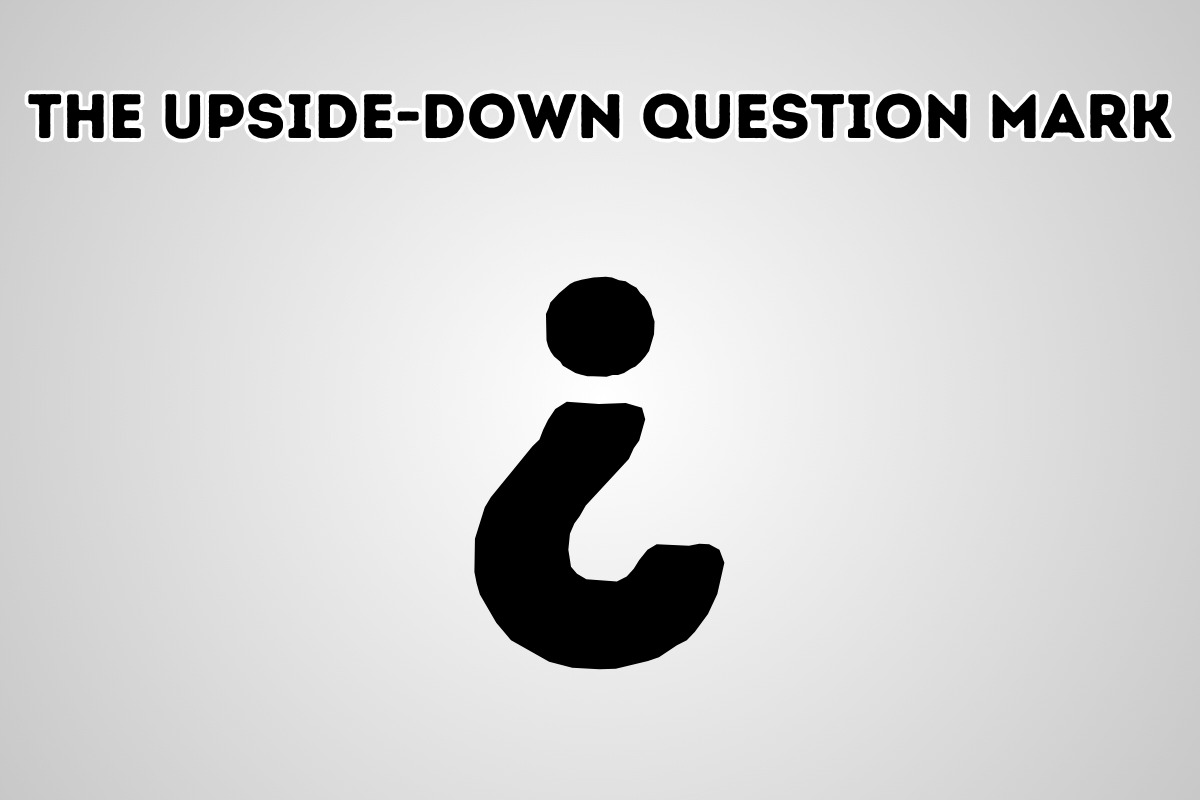The Upside-Down Question Mark ¿
The upside-down question mark, also known as the inverted or Spanish question mark, is a punctuation mark used in Spanish to open a question. It is placed at the beginning of the question, before any other punctuation, and is followed by a regular question mark (?) at the end.
Read Must: Clark County Education Association: Advocating for Educators and Students
Usage
The upside-down question mark is used in all types of questions in Spanish, including:
- Yes/no questions
- Wh-questions (questions that begin with who, what, when, where, why, or how)
- Indirect questions
- Rhetorical questions
The upside-down question mark is placed at the beginning of the question before any other punctuation. The question is then closed with a regular question mark (?) at the end.
History
The upside-down question mark, also known as the inverted or Spanish question mark, originated in the 16th century. It is thought to have evolved from the practice of scribes writing a small question mark above the line of text to indicate that the following sentence was a question. Over time, this small question mark became standardized and evolved into the upside-down question mark used today.
The upside-down question mark was first used in printed books in Spain in the early 16th century. It quickly became the standard way to indicate a question in Spanish and is still used today.
The upside-down question mark is not used in English. In English, a regular question mark (?) is used to open and close all questions.
Why is the question mark upside down in Spanish?
There are a few theories about why the question mark is upside down in Spanish. One theory is that it distinguishes between questions and statements. Another is that it makes questions more visually distinct from exclamations, which are indicated by an upside-down exclamation point (!).
Whatever the reason, the upside-down question mark is a unique and distinctive feature of the Spanish language. It is integral to Spanish grammar and punctuation and essential for correct Spanish writing.
Encoding the Upside-Down Question Mark**
The upside-down question mark, also known as the inverted question mark or Spanish question mark, is encoded in Unicode as U+00BF. This means that it can be represented in digital text using the following hexadecimal code:
¿
Keyboard Shortcuts
On most computer keyboards, the upside-down question mark can be entered using the following keyboard shortcuts:
- Windows:Alt + 0191
- Mac: Option + ⇧ Shift +?
HTML Entity
The upside-down question mark can also be entered using the following HTML entity:
¿
Example
To display the upside-down question mark in HTML, you can use the following code:
¿Cómo estás?
This will produce the following output:
¿Cómo estás?
Note: The upside-down question mark is not used in English. In English, a regular question mark (?) is used to open and close all questions.
Unicode U+00BF
Unicode U+00BF is the Unicode code point for the upside-down question mark, also known as the inverted or Spanish question mark. It is used in Spanish to open a question and is followed by a regular question mark (?) at the end.
Character Information
- Name: INVERTED QUESTION MARK
- Unicode: U+00BF
- UTF-8: EF BF BF
- HTML Entity: ¿
- Decimal: 191
Usage
The upside-down question mark is used in all types of questions in Spanish, including:
- Yes/no questions
- Wh-questions (questions that begin with who, what, when, where, why, or how)
- Indirect questions
- Rhetorical questions
The upside-down question mark is placed at the beginning of the question before any other punctuation. For example:
- ¿Cómo estás? (How are you?)
- ¿Qué hora es? (What time is it?)
- ¿Por qué no vienes? (Why don’t you come?)
- ¿Es verdad? (Is it true?)
Encoding
The upside-down question mark is encoded in Unicode as U+00BF. This means that it can be represented in digital text using the following hexadecimal code:
¿
Keyboard Shortcuts
On most computer keyboards, the upside-down question mark can be entered using the following keyboard shortcuts:
- Windows: Alt + 0191
- Mac: Option + ⇧ Shift +?
HTML Entity
The upside-down question mark can also be entered using the following HTML entity:
¿
Unicode U+00BF is the Unicode code point for the upside-down question mark. It is used in Spanish to open a question and is followed by a regular question mark (?) at the end. The upside-down question mark is an integral part of Spanish grammar and punctuation, and it helps to make Spanish text more visually distinct from English text.
LaTeX \textexclamdown
Purpose:
The LaTeX command \textexclamdown produces an inverted exclamation mark, also known as an upside-down or Spanish exclamation mark. It is used in Spanish to open an exclamation, followed by a regular exclamation mark (!) at the end.
Syntax:
\textexclamdown
Example:
To produce an inverted exclamation mark in LaTeX, you can use the following code:
\textexclamdown
This will produce the following output:
¡
Usage:
The inverted exclamation mark is used in all types of exclamations in Spanish, including:
- Exclamations of surprise or excitement
- Exclamations of anger or frustration
- Exclamations of joy or happiness
- Exclamations of disbelief or sarcasm
The inverted exclamation mark is placed at the beginning of the exclamation before any other punctuation. For example:
¡Hola! (Hello!) ¡Qué sorpresa! (What a surprise!) ¡No lo puedo creer! (I can’t believe it!) ¡Ay! (Ouch!)
The inverted exclamation mark is not used in English. In English, a regular exclamation mark (!) is used to open and close all exclamations.
The LaTeX command \textexclamdown is used to produce an inverted exclamation mark, which is a significant punctuation mark in Spanish. It is used to open all exclamations and is essential for correct Spanish grammar and punctuation.
Conclusion
The upside-down question mark, also known as the inverted question mark or Spanish question mark, is a unique and distinctive feature of the Spanish language. It is integral to Spanish grammar and punctuation and essential for correct Spanish writing.
The upside-down question mark is used to open all types of questions in Spanish, including yes/no, wh-questions, indirect, and rhetorical questions. It is placed at the beginning of the question, before any other punctuation, and is followed by a regular question mark (?) at the end.
FAQ
Q: What is the upside-down question mark called?
A: The upside-down question mark is also known as the inverted or Spanish question mark.
Q: How do you type the upside-down question mark?
A: On most computer keyboards, the upside-down question mark can be entered using the following keyboard shortcuts:
- Windows: Alt + 0191
- Mac: Option + ⇧ Shift +?
You can also enter the upside-down question mark using the HTML entity ¿.
Q: Why is the question mark upside down in Spanish?
A: There are a few theories about why the question mark is upside down in Spanish. One theory is that it is a way to distinguish between questions and statements in Spanish. Another theory is that it is a way to make questions more visually distinct from exclamations, which are indicated by an upside-down exclamation point (!).
Q: Is the upside-down question mark used in English?
A: No, the upside-down question mark is not used in English. In English, a regular question mark (?) is used to open and close all questions.
Q: What is the Unicode for the upside-down question mark?
A: The upside-down question mark is encoded in Unicode as U+00BF.


